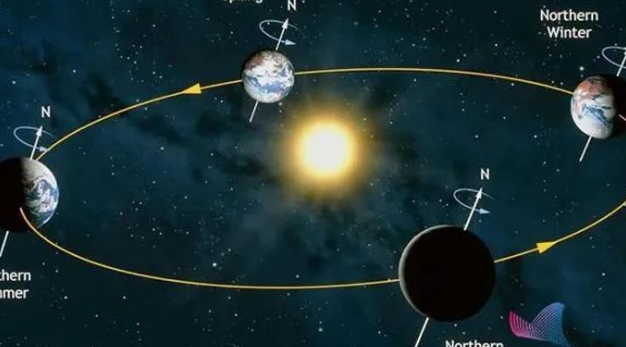Do you know that the lunar and solar calendar we often mention are actually different things? Do you know what’s the difference between the lunar calendar and the agricultural calendar? Today, let’s explore it together!

What is the Solar Calendar?
The solar calendar, also known as the “solar year” or “new calendar,” was invented by the Romans。 It calculates based on the time it takes for the Earth to orbit the Sun, with each month roughly being 30 or 31 days long。
According to the recording method of the solar calendar, we can clearly feel the obvious temperature changes of the four seasons。 This way of recording years was adopted in China after the Xinhai Revolution, so the Chinese also call it “new calendar。”
What is the Lunar Calendar?
The lunar calendar is our traditional way of calculating years, also known as “ancient calendar,” “yellow calendar,” or “old calendar。” It calculates based on the rule of the moon orbiting the Earth, that is, according to the changes in the moon’s phases we observe, such as full moon and new moon。 A month is usually 29 or 30 days long, and people often say things like “the tenth day of the first lunar month,” for example。
What is the Agricultural Calendar?
However, what we commonly refer to as the agricultural calendar is actually different from the lunar calendar!
In China, the agricultural calendar is a combination of both solar and lunar calendars。 It calculates based on the cycle of the moon’s phases, incorporates the “24 Solar Terms,” and uses the length of the solar year as the length of one year, adding leap months to make the average length of the Match the return year cycle over the years.
Therefore, the number of days in a year differs by about 11 days between the lunar and agricultural calendars。 If we calculate based on the lunar calendar, after less than five years, we would be celebrating Lunar New Year in summer。 To prevent such a situation, our ancient ancestors devised the “leap month” system。
Every 19 years, 7 leap months are added, so in the years with leap months, the year length reaches 383 or 385 days。 This allows both spring plowing and autumn harvest to proceed smoothly and orderly, and also helps people live more harmoniously unified lives。
Today, the Chinese celebrate traditional festivals such as Lunar New Year, Dragon Boat Festival, and Mid-Autumn Festival every year。 From this, we can see that China’s traditional calendar is a great product that combines solar and lunar calendars。 It cleverly fills in the time difference between the yin and yang calendars using leap months and develop s the 24 Solar Terms, adding fun to the life of farmers who rise with the sun and rest with the sunset。 With the cycle of cold and hot, spring plowing and autumn harvest, everything becomes more harmonious。
Leave a Reply